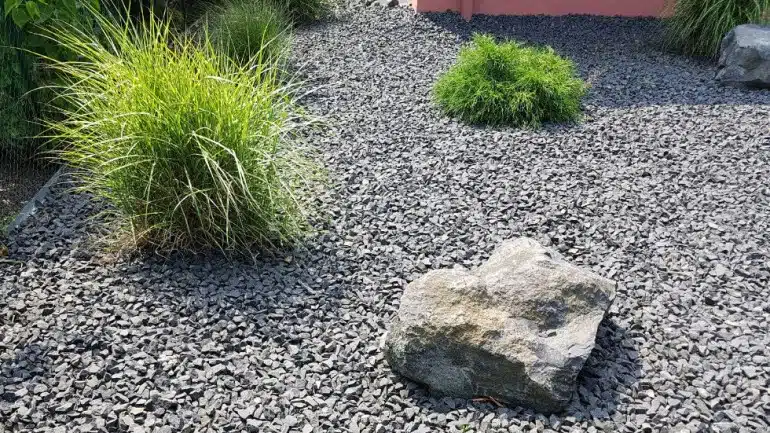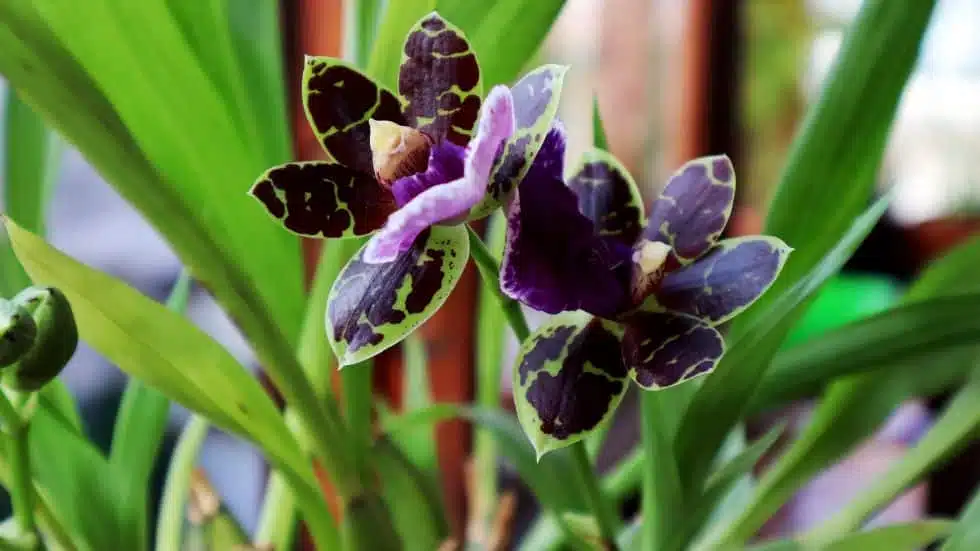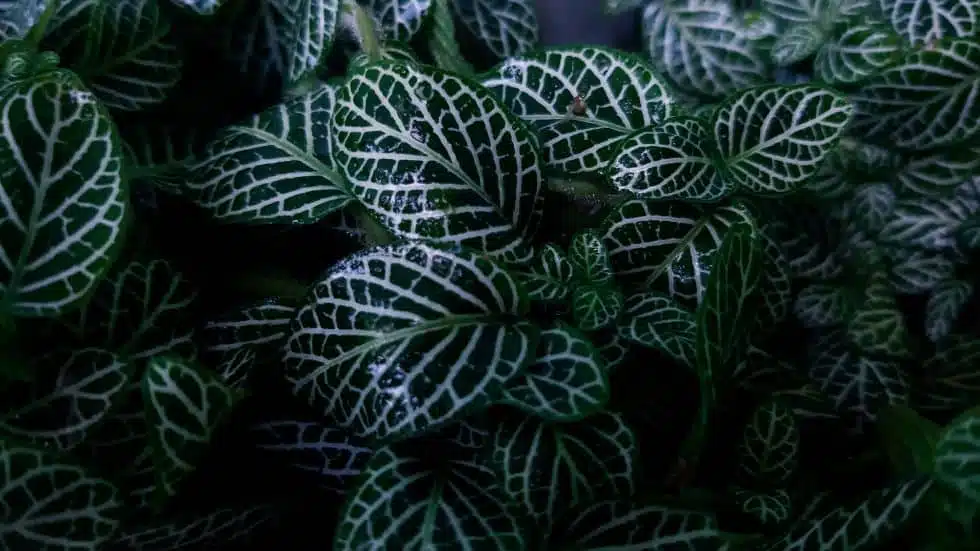Zebra Grass (Miscanthus sinensis ‘Zebrinus’) is a stunning ornamental grass that can add beauty and texture to any garden. With its distinctive horizontal stripes on its leaves, it brings a unique visual appeal to landscapes. Zebra Grass is known for its tall and graceful growth, reaching heights of up to 6-8 feet. This hardy perennial is relatively easy to grow and maintain, making it a popular choice among gardeners. Whether you are a seasoned gardener or just starting, this article will guide you on how to successfully grow and care for Zebra Grass in your garden. From choosing the right location to pruning and winter care, we will cover all the essential steps to help you create a thriving Zebra Grass display in your outdoor space.
1. Introduction to Zebra Grass
Understanding Zebra Grass
Zebra Grass, also known by its fancy scientific name Miscanthus sinensis ‘Zebrinus’, is a beautiful and versatile plant that can bring a touch of exoticness to your garden. With its striking yellow and green striped foliage and graceful plume-like flowers, it’s a real head-turner. Best of all, it’s not as high-maintenance as it sounds! So, let’s dive into the world of Zebra Grass and learn how to grow and care for it.
2. Choosing the Right Location for Zebra Grass
Considering Sunlight Requirements
Like any diva, Zebra Grass loves basking in the spotlight. It thrives in full sunlight, so make sure to choose a spot in your garden that gets at least 6 hours of direct sunlight per day. Don’t worry, it won’t go crazy if it gets a little shade here and there, but its colors might not pop as much.
Soil Conditions for Zebra Grass
Zebra Grass likes its soil like Goldilocks likes her porridge – just right. It thrives in well-draining soil that’s rich in organic matter. Sandy loam is their ideal soil type, but they’re quite forgiving and can tolerate a range of soil conditions. Just make sure it’s not waterlogged, or your fancy grass might drown.
Spacing Requirements
Give your Zebra Grass some room to flaunt its stripes! When planting, make sure to space them about 3 to 6 feet apart. This will allow enough air circulation and prevent them from feeling crowded. Plus, with some breathing space, they can show off their elegant plumes without any awkward elbow bumps.
3. Planting and Propagating Zebra Grass
Preparing the Planting Area
Before planting, roll up your sleeves and prepare the planting area. Remove any weeds or grass and loosen up the soil with a garden fork or tiller. Your Zebra Grass will appreciate the loose soil, making it easier for their roots to stretch out and settle in.
Planting Zebra Grass from Seeds
If you’re feeling adventurous, you can grow Zebra Grass from seeds. Start indoors about 8-10 weeks before the last frost date, or direct sow in the garden after the danger of frost has passed. Scatter the seeds on top of the soil and lightly cover them with a dusting of soil. Keep the soil slightly moist and watch those little grass babies sprout!
Planting Zebra Grass from Nursery Containers
For the less patient among us (we feel you), nursery-grown Zebra Grass is the way to go. Dig a hole slightly larger than the root ball, place your grassy friend in the hole, and backfill with soil. Give it a gentle pat to secure it in place, and voilà! Instant gratification.
Dividing and Transplanting Zebra Grass
Zebra Grass can be a bit of a social animal, growing into clumps over time. If you notice your grass getting a bit crowded or just fancy spreading the love, you can divide and transplant it. Dig up the clump, separate it into smaller sections, and replant them in the desired spots. Your garden will soon be filled with even more dashing stripes.
4. Watering and Fertilizing Zebra Grass
Establishment Period Watering
Like any new relationship, your Zebra Grass needs a little extra care during the establishment period. Water it regularly (but don’t drown it) for the first few weeks after planting. This will help its roots settle in and prevent them from feeling homesick.
Ongoing Watering Needs
Once your Zebra Grass is all settled and feeling right at home, it prefers to be watered only when the soil feels dry. Stick your finger about an inch into the soil – if it’s dry, it’s time to give it a drink. Just don’t overdo it; soggy roots are no fun for anyone.
Fertilizing Zebra Grass
Zebra Grass is pretty low-maintenance when it comes to fertilizing. A light application of balanced slow-release fertilizer in early spring should do the trick. Sprinkle it around the base of your grass, and let nature work its magic. You’ll have happy, healthy, and well-fed stripes in no time!
Now that you have the insider scoop on growing and caring for Zebra Grass, it’s time to jazz up your garden with some stripes. Get ready for all the jealous neighbors and impressed garden gnomes. Happy gardening!
5. Pruning and Dividing Zebra Grass
When to Prune Zebra Grass
Zebra grass can benefit from an annual pruning to maintain its neat appearance and promote healthy growth. The best time to prune is in late winter or early spring before new growth begins. This allows the plant to regenerate without compromising its vigor.
Pruning Techniques
To prune zebra grass, start by cutting back the entire plant to a height of about 6-12 inches above the ground. Use sharp pruning shears and make clean cuts at an angle. Removing the old, dead foliage allows the new growth to emerge beautifully.
Dividing Zebra Grass
Over time, zebra grass can become crowded and less vigorous. Dividing the plant every 2-3 years helps rejuvenate it and maintain its health. The best time to divide zebra grass is in early spring, just before new growth emerges.
To divide, dig up the clump of zebra grass and carefully separate it into smaller sections using a sharp spade or garden knife. Each division should have a healthy clump of roots and several shoots. Replant the divisions in well-prepared soil, ensuring they are at the same depth as before. Water thoroughly after planting to help the divisions establish quickly.

6. Common Pests and Diseases of Zebra Grass
Identifying and Treating Common Pests
Zebra grass is relatively resistant to pests, but occasional infestations can occur. Keep an eye out for aphids, spider mites, and slugs, which are the most common pests affecting zebra grass.
If you notice any signs of pest damage, such as distorted or discolored leaves, small webs, or slimy trails, take action promptly. Use organic insecticidal soap or neem oil to control aphids and spider mites. Handpicking slugs or creating beer traps can help manage slug populations.
Preventing and Managing Diseases
Zebra grass is generally resistant to diseases, but it can occasionally suffer from fungal infections such as rust or leaf spot. These diseases usually develop in humid conditions or when the foliage remains wet for extended periods.
To prevent diseases, ensure proper air circulation around the plant and avoid overwatering. If you spot any diseased foliage, promptly remove and destroy it to prevent further spread. Applying a fungicide labeled for ornamental grasses can also help control fungal infections if they persist.
Read More :
- Caring for Your Jade Plant: A Guide to Growing and Maintaining a Healthy Plant
- Caring for an Elephant Ear Plant
- Grow a Citronella Plant to Repel Insects Naturally
- Money Plant
7. Winter Care for Zebra Grass
Preparing Zebra Grass for Winter
Before winter arrives, it’s essential to prepare your zebra grass for the cold months ahead. Trim back the foliage to a height of around 12 inches, leaving enough stubble to mark the plant’s location. This helps protect the crown and provides a visual guide for spring maintenance.
Protective Measures During Winter
During winter, zebra grass can benefit from some protective measures. Mulch the base of the plant with a layer of straw or shredded leaves to insulate the roots and prevent damage from freezing temperatures. Additionally, consider covering the plant with a burlap sack or cloth if your region experiences harsh winters.
Spring Maintenance
In early spring, remove the protective mulch and trim any remaining dead foliage from the previous season. This encourages new growth and helps maintain the plant’s shape. Apply a slow-release fertilizer or compost around the base of the zebra grass to provide nutrients for the upcoming growing season.
8. Tips for Incorporating Zebra Grass in Garden Design
Using Zebra Grass as a Focal Point
Zebra grass, with its striking variegated foliage, can be an excellent focal point in your garden. Plant it in a prominent location where its unique appearance can be admired. Consider surrounding it with lower-growing plants to create visual contrast and highlight its beauty.
Complementary Planting Ideas
To enhance the visual impact of zebra grass, consider pairing it with plants that have contrasting textures and colors. Ornamental grasses like purple fountain grass or switchgrass can create a stunning combination. Flowers with bold hues, such as purple coneflowers or black-eyed Susans, can also complement the grass’s variegated foliage.
Using Zebra Grass in Different Garden Styles
Zebra grass is versatile and can be incorporated into various garden styles. In a contemporary garden, use it as a structural element or as a backdrop for other modern plantings. In a cottage garden, its graceful form and unique texture can add a touch of whimsy. It can even be used in naturalistic or prairie-style gardens, where its tall plumes create a sense of movement and wild beauty.
Remember to consider the plant’s mature height and spread when choosing its location in your garden. With its distinctive appearance and adaptability, zebra grass can bring a touch of elegance and drama to any garden design.Incorporating Zebra Grass into your garden can bring a touch of elegance and beauty to your outdoor space. By following the guidelines provided in this article, you can ensure the successful growth and care of this striking ornamental grass. From selecting the ideal location to proper watering, fertilizing, and maintenance, you will be equipped with the knowledge to create a flourishing Zebra Grass garden. So, go ahead and add this captivating grass to your landscape, and enjoy the visual appeal and tranquility it brings to your garden year after year. Happy gardening!
Frequently Asked Questions (FAQ)
1. Can Zebra Grass tolerate both sun and shade?
Answer:
Zebra Grass thrives best in full sun, but it can also tolerate partial shade conditions. However, it is important to note that insufficient sunlight may affect its growth and overall appearance. Aim to provide at least 6 hours of direct sunlight for optimal results.
2. How often should I water Zebra Grass?
Answer:
During the establishment period, newly planted Zebra Grass should be watered regularly to ensure proper root development. Water deeply once or twice a week, allowing the soil to dry slightly between watering sessions. Once established, Zebra Grass is fairly drought-tolerant and generally requires watering only during prolonged dry spells.
3. Can I divide Zebra Grass to propagate it?
Answer:
Yes, dividing Zebra Grass is an effective method of propagation. It is best done in early spring before new growth begins or in early fall. Dig up the plant and carefully separate the clumps, ensuring each division has sufficient roots and foliage. Replant the divisions in well-prepared soil, and provide adequate watering until they establish themselves.
4. How do I protect Zebra Grass during winter?
Answer:
To protect Zebra Grass during winter, leave the foliage intact until early spring. This will provide some insulation for the crown of the plant. In colder regions, consider applying a layer of mulch around the base of the grass to provide additional protection against freezing temperatures. Avoid cutting back the foliage until the danger of frost has passed in spring.





